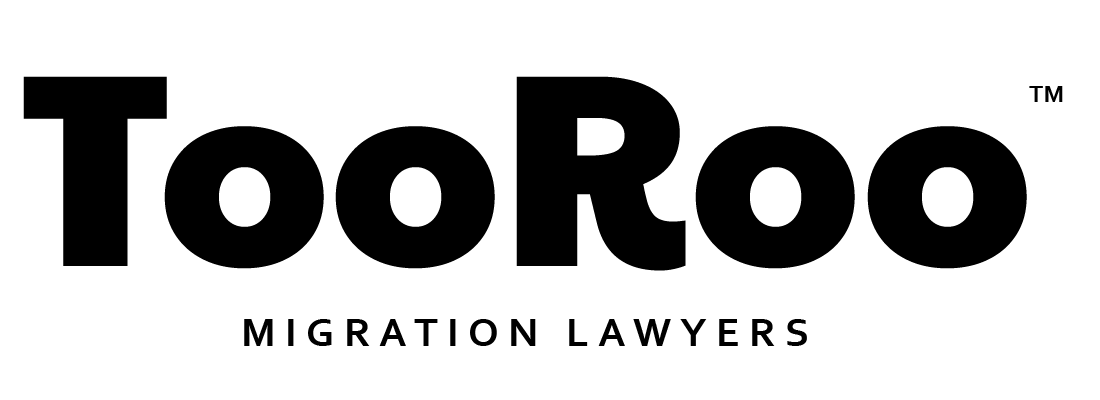Australia’s Immigration Changes: Major Updates Announced in December 2024
Australia's immigration landscape is evolving rapidly. On 7 December 2024, the Australian Government announced significant changes aimed at addressing the country’s labour shortages, simplifying pathways for skilled migrants, and enhancing visa processes. These updates are expected to have a profound impact on individuals and businesses alike. Here’s an in-depth look at the key changes.
The Introduction of the Core Skills Occupation List (CSOL)
One of the most transformative announcements is the unveiling of the Core Skills Occupation List (CSOL). This streamlined list includes 456 key occupations across critical industries such as healthcare, IT, construction, and education. Designed to focus on Australia’s most pressing skill shortages, the CSOL underpins various visa pathways, including:
The Skills in Demand visa (discussed below).
The Employer Nomination Scheme (Subclass 186) for permanent residency.
This targeted approach aims to bring clarity and efficiency to the skilled migration system, ensuring that Australia remains globally competitive in attracting talent.
Launch of the Skills in Demand Visa
The Skills in Demand visa replaces the Temporary Skill Shortage (Subclass 482) visa, offering a more flexible and inclusive structure for skilled workers. The new visa includes three tiers:
Specialist Skills Pathway
For applicants earning at least $135,000 per year.
Requires employer sponsorship.
Designed for highly skilled individuals with exceptional expertise.
Core Skills Pathway
Available to applicants with occupations listed on the CSOL.
Requires a minimum salary of $73,150 plus superannuation, aligned with the updated Temporary Skilled Migration Income Threshold (TSMIT).
Essential Skills Pathway
Focuses on critical industries with acute skill shortages, particularly for lower-salary roles.
Currently operational through labour agreements, with further details to be announced.
Each stream offers a four-year stay with pathways to permanent residency, creating opportunities for skilled migrants to establish long-term careers in Australia.
Reduction in Work Experience Requirements
In a move welcomed by skilled workers and employers, the work experience requirement for the Subclass 482 visa was reduced from two years to one year. This change accelerates skilled workers’ entry into the labour market and helps businesses address urgent staffing needs more efficiently.
Reforms to Student and Temporary Graduate Visas
Higher English Language Proficiency
The government has increased the minimum IELTS score for Student (Subclass 500) visas from 5.5 to 6.0, ensuring applicants possess the language skills needed to succeed academically and professionally in Australia.
Genuine Student (GS) Criterion
Replacing the Genuine Temporary Entrant (GTE) requirement, the Genuine Student (GS) criterion prioritises genuine students committed to completing their studies and contributing to Australia’s economy. This change enhances the integrity of the student visa process while supporting international education.
Implications for Businesses and Migrants
These changes are a clear response to Australia’s evolving labour market needs. For businesses, the introduction of the CSOL and Skills in Demand visa simplifies the hiring process, providing more straightforward access to skilled workers. For migrants, the updates represent expanded opportunities for both temporary and permanent residency pathways.
However, with higher English language standards and more targeted criteria, applicants will need to ensure their eligibility aligns with these new regulations.
How to Navigate the New Immigration Landscape
With sweeping changes taking effect, seeking professional guidance is more critical than ever. Whether you're an employer looking to sponsor skilled migrants or an individual exploring migration opportunities, understanding these updates is essential for success.
At TooRoo Migration Lawyers, we specialise in navigating Australia’s immigration system. Contact us today for expert advice tailored to your needs.

